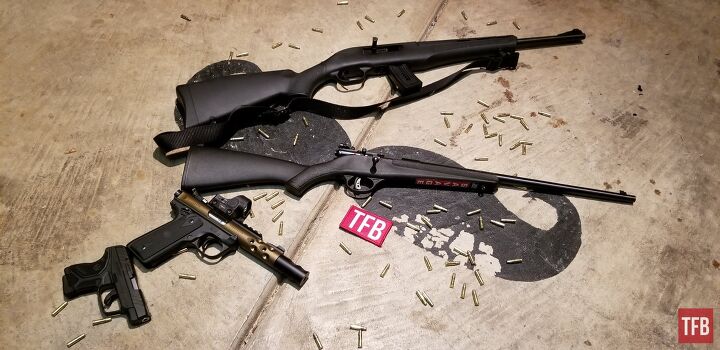Welcome back to another edition of The Rimfire Report. In this ongoing series, we discuss everything and anything related to rimfire firearms! This week I’d like to address a bit of “fudd lore”. We’ve probably all heard it at one point or another either from our dads, uncles or perhaps even from the guy across the counter of the gun store to “Never dry fire a Rimfire!” Today we’ll explore where this idea comes from and determine whether it’s sound advice or just outdated fudd lore.
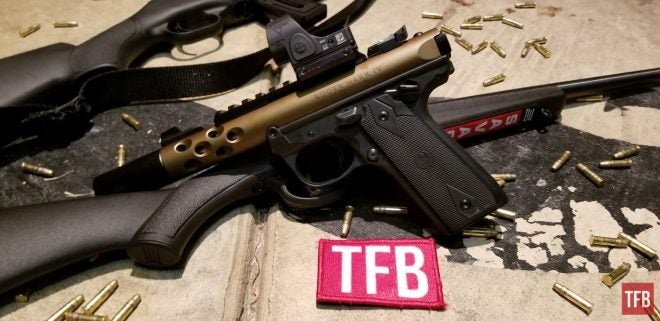
The Rimfire Report: Dry Firing Your Rimfire
The Rimfire Report: Don’t Dry Fire Your Rimfire! Truth or Myth?
For the uninitiated, dry firing is the act of “firing” your weapon without live ammunition inside the chamber. Generally, this is considered to be an acceptable practice when feeling out a trigger before purchasing a gun or for practicing your trigger pull to weed out any bad habits.
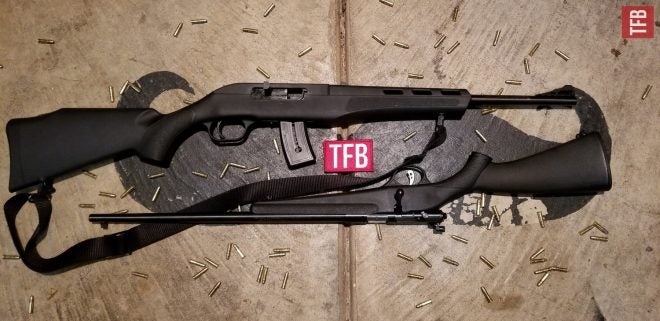
The Rimfire Report: Dry Firing Your Rimfire
As stated above, many have heard the advice that you should never dry fire a rimfire gun lest you risk damaging the firing pin. On the converse side, you’ll hear many say that this is just flat out untrue. For example in the case of a Ruger 10/22, unless you keep a close watch on how many rounds you’ve discharged, each empty magazine ends with a *click* with your firing pin falling on an empty chamber.
Fears of Dry Firing a Rimfire
The reason this subject comes up a lot around rimfire firearms is that there are some longstanding fears regarding the common practice of dry firing. The first is that firing pins are by design meant to be hardened steel. Hardened steels are a great material to make a firing pin out of as the hardness of the steel is sacrificed for ductility (the material’s ability to stretch or deform).
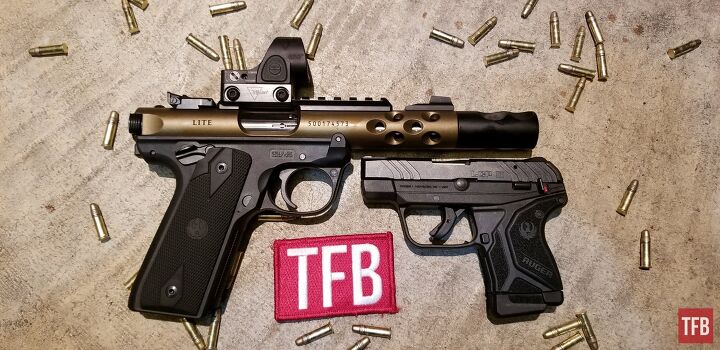
The Rimfire Report: Dry Firing Your Rimfire
Since no one wants their firing pin deforming after a couple of hundred strikes of the metal primers hardened steel is picked with the understanding that it will be striking a more malleable metal, most often the brass case of a rimfire cartridge or a copper material in the case of some centerfire cartridges. With this knowledge in mind, the fear is that when the firing pin impacts the breech face it will break.
The second is closely associated with the first in that when the firing pin impacts the breech face it will begin to dent and deform. While it’s a general rule that most firing pins shouldn’t be long enough to impact the breech face some manufacturers may choose not to do this in lieu of having a slightly longer firing pin to ensure reliable detonation of the primer. When the firing pin is forced all the way to the end of its travel, the fear is that it will end up denting the breech face allowing the rim to deform into the dented breech face and causing failures to fire.
From the Horse’s Mouth
Several firearms manufacturers have laid out specific instructions regarding dry firing and whether or not it is a safe practice.
■ Anschutz does not recommend dry-firing its rimfires. It says frequent dry-firers should install its special firing pin. The company also notes that on most guns other parts, like springs, usually wear out before firing pins; the majority of its guns returned for damage from dry-firing come via Chinese and Japanese competitors, as these countries are known for dry-firing because places to actually fire a gun there are rare.
■ Ruger says dry-firing the company’s 10/22 rifle will not damage it. This makes sense as I mentioned above, without the last round bolt hold-open device you will inevitably dry fire on an empty chamber once you run out of ammo.
■ Henry Repeating Arms says shooters can dry-fire its guns all they want.
■ Smith & Wesson says dry-firing can damage rimfires.
■ Browning confirms dry-firing won’t damage firing pins or chambers of its newer guns.
Although the information is conflicting we can deduce a couple things from the recommendations about dry firing certain companies’ guns. Most telling is Browning’s blanket statement of dry firing not damaging newer guns.
I am not a metallurgist but I do know that improvements to firearms materials and construction practices have been made over the years and this has led to lighter and more robust firearms and components.
My Conclusions and Thoughts
In my lifetime, I have never had a rimfire firing pin break. I have owned and shot many different types of rimfire pistols and rifles including a pump-action Model 572 that I dry fired as a kid without any breakages. One caveat to this is that while I did do my fair share of dry firing, most of the time it was on an empty chamber after the last round had been shot. I didn’t make it a practice to constantly dry fire the gun when it wasn’t needed.
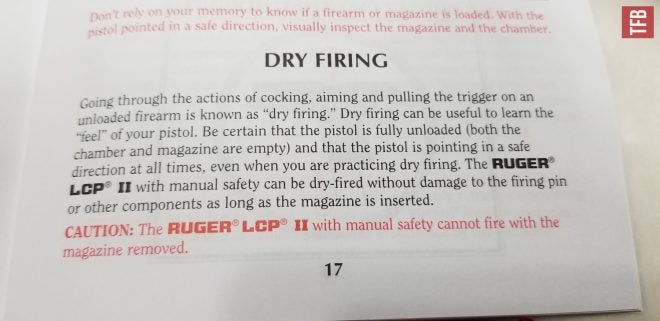
When it comes to modern rimfire pistols such as my Mk IV, I don’t do a lot of dry firing there either. Most will know that the Mk IV has a magazine disconnect which won’t allow you to pull the trigger without a magazine being inserted. Even so, Ruger once again states that it’s acceptable to dry fire the weapon. So with that in mind, most modern rimfire guns should be good to dry fire without fear of damaging them.
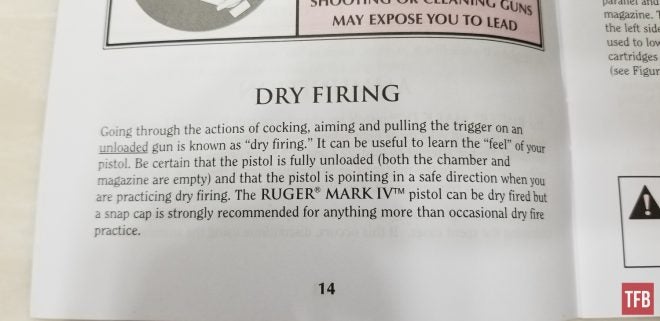
My advice would be to consult the manual first and follow the manufactures recommendations regarding dry fire practice with your particular gun. If no recommendation is made in the manual my next suggestion would be to use a spent casing as this gives the hammer the same material to strike as normal, snap caps are also a good replacement but they do come at a cost.
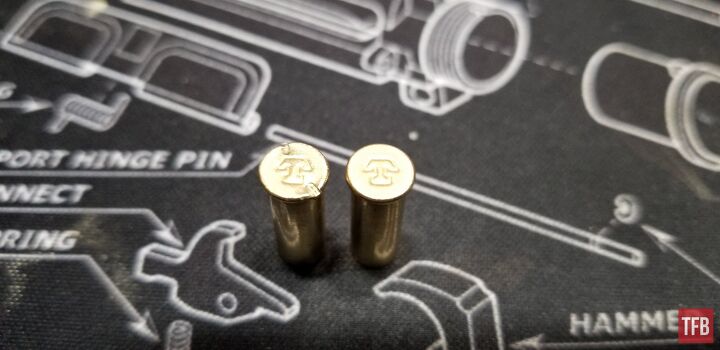
The Rimfire Report: Dry Firing Your Rimfire
For firearms that recommend you don’t dry-fire or ones where you’ve experienced damage in the past from dry firing, there are methods for releasing the firing pin safely and in a manner that won’t cause undue stress on the firing pin one of which is using a snap cap or spent casing.
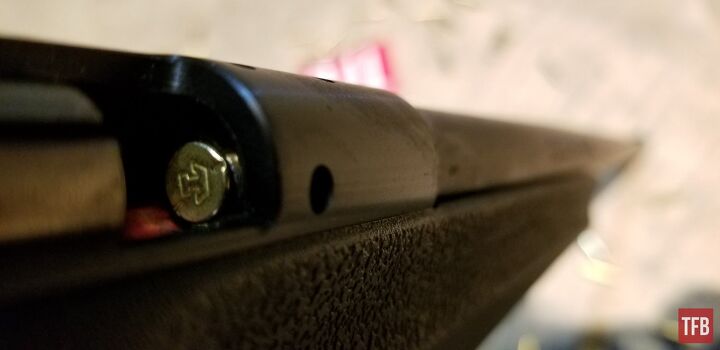
The Rimfire Report: Dry Firing Your Rimfire
Please let us know down in the comments your experiences regarding dry firing rimfire guns. Have you ever had damage from the practice? If so how did it happen and what make and model of the gun was it. As always we appreciate your feedback and hope to see you again soon on The Rimfire Report.
We are committed to finding, researching, and recommending the best products. We earn commissions from purchases you make using the retail links in our product reviews. Learn more about how this works.
 Your Privacy Choices
Your Privacy Choices
